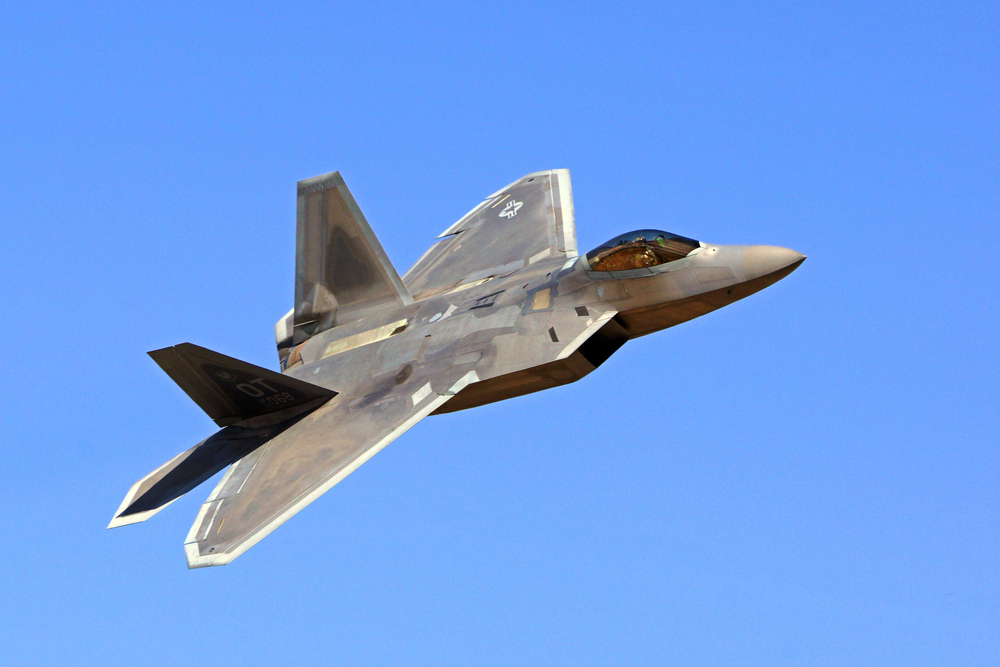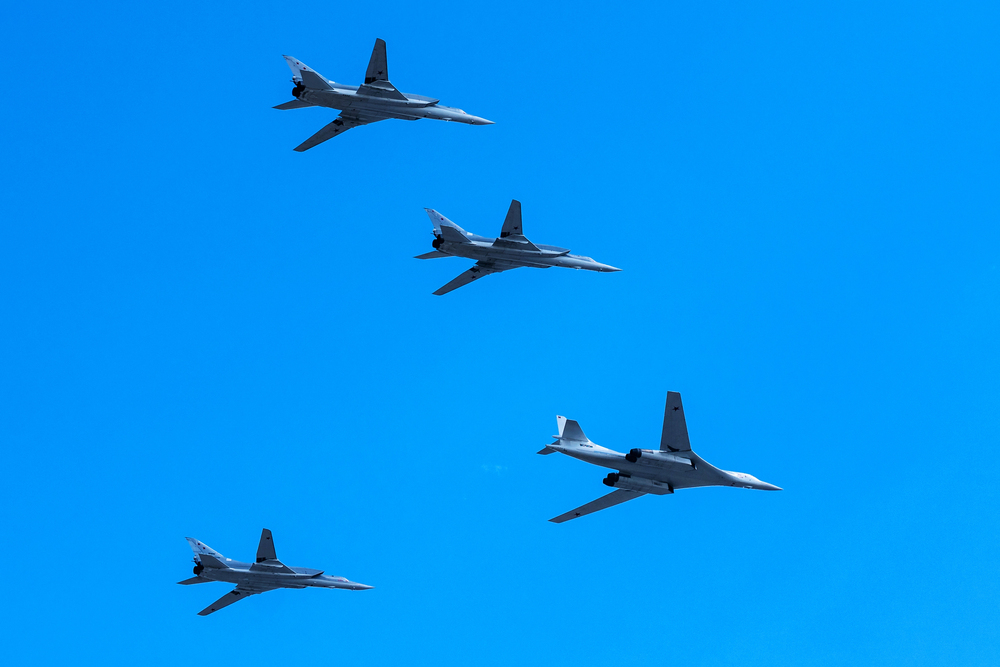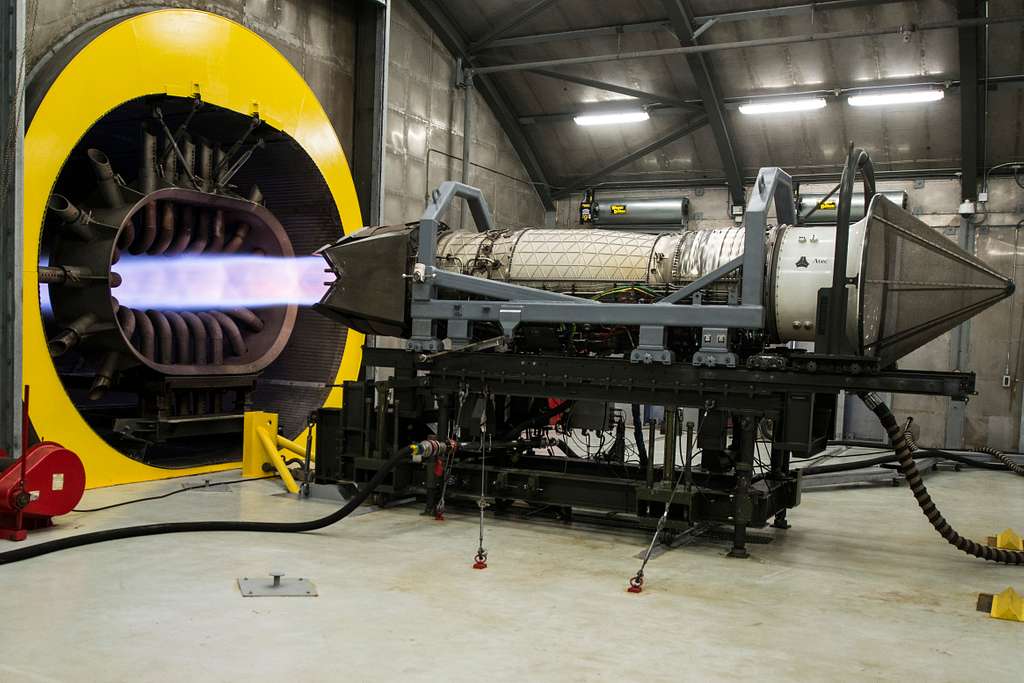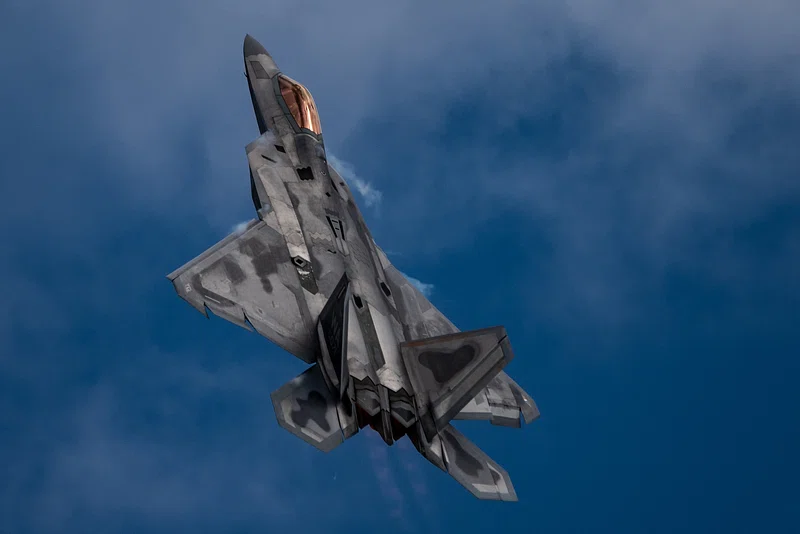
“Sticker shock is the cost of invisibility.” That salty remark, which has passed through Pentagon hallways for decades, summarizes the irony at the core of the F-22 Raptor: a fighter plane so cutting-edge that its price tag exceeds even the globe’s biggest bombers. In 2025, while the Raptor’s modernization rides on and its combat worth is tested again, the question persists what is it specifically that justifies its stratospheric cost, and how is it in comparison with Russia’s Tu-160 and China’s H-6? The answer lies in a maze of stealth technologies, sensor fusion, engine technology, and cutting-edge defense economics.

1. Comparative Costs: F-22, Tu-160, and H-6
The F-22 Raptor is the world’s most costly operational fighter with a total program unit cost of approximately $350 million per aircraft when research and development and procurement are factored in. This cost is enormous compared to the prices of heavy bombers: Russia’s Tu-160 Blackjack, a supersonic strategic bomber, is $270 million to $300 million per aircraft, while China’s H-6 a design based on 1950s Soviet technology is possible at a cost of $46 million to $60 million per aircraft. The sticker price of the F-22 is not solely a factor of size or payload, but of the technological jump it represents across all aspects of design and function.

2. The Stealth Premium: Radar-Absorbent Materials and Design
At the heart of the cost of the F-22 is its stealth, obtained through a highly advanced union of geometry and materials. The Raptor’s airframe is aerodynamically sculpted to disperse radar waves, but its actual invisibility resides in a family of radar-absorbent materials (RAM) coated all over its surface. The coatings are designed to absorb electromagnetic energy, either converting it to heat or scattering it, and they need to work in a broad frequency band from 2 GHz to 40 GHz. RAM is not one material but a set of elastomers, ferrite tiles, and, in recent experiments, nanostructured composites. Every use is time-consuming: 1,000 hours of RAM maintenance for each 100 hours of flight time, costing $500,000 a year per aircraft. The Tu-160 and H-6, on the other hand, operate on speed, height, or quantity rather than stealth enabling easier, less expensive production and maintenance.

3. Sensor Fusion and Avionics: The Digital Edge
The F-22’s avionics system is an orchestra of integration, combining radar, infrared, and electronic warfare sensors under one coherent display. Its AN/APG-77 AESA radar enables the pilot to see and track threats before being detected, and enhanced sensor fusion delivers “first look, first shot, first kill” capability. 2025 upgrades also feature a new Infrared Defensive System (IRDS) and podded Infrared Search and Track (IRST) sensors, expanding the Raptor’s detection capability against stealthy opponents and incoming missiles without sending out giveaway signals. Not only are these systems costly to design and integrate, but they call for constant software and hardware updates expenses absorbed by a fleet of less than 200 aircraft.

4. Supercruise and Propulsion: The F119 Engine
The F-22’s powerplant is a wonder unto itself. Dual Pratt & Whitney F119-PW-100 engines produce more than 35,000 pounds of thrust each, allowing the Raptor to supercruise traveling at supersonic speeds above Mach 1.5 without afterburners. This provides the F-22 with a singular combination of speed, range, and stealth since afterburners greatly raise infrared signature and fuel consumption. In 2025, the Air Force spent $1.5 billion on engine sustainment and modernization, such as software upgrades to increase thrust and reliability. The Tu-160, albeit capable of Mach 2, does this through afterburners and is not as agile or low observability-capable as the F-22; the H-6, being subsonic and unstealthy, is antiquated in comparison.

5. The Burden of Research and Development
The F-22 program costs were pushed into orbit by a record investment in R&D $67 billion for only 195 planes. This accounts for the cost of breaking new ground in stealth, avionics, and manufacturing technologies that subsequent aircraft, including the F-35, have enjoyed at a lower cost. The initial plan was to produce 750 Raptors, reducing the per-plane cost significantly. Rather, budget reductions and changing priorities cut into production, forcing each plane to absorb a disproportionate amount of sunk costs. In contrast, the Tu-160 and H-6 programs amortized development costs over larger or less technologically advanced fleets and maintained unit prices lower.

6. Production Volume and Economy of Scale
With fewer than 200 F-22s produced, the Raptor unit cost demonstrates the costs of low-rate production. Every airplane has custom components and takes specialized tooling, with limited ability to recapture investment through volume production. The H-6, which has been built in large quantities and was designed decades ago, takes advantage of mature supply lines and standardized equipment. Even the Tu-160, while produced in smaller lots, skirts the highest costs by giving up the most advanced stealth technology.

7. Operational and Maintenance Realities
It is as expensive to operate the F-22 as it was to construct it. In 2008, the cost of operating and maintaining a single Raptor was $3.19 million annually nearly five times more than the older F-15C. The intricacy of stealth paint, avionics, and propulsion systems requires intense maintenance and highly skilled personnel. Recent overhauls intend to enhance reliability, and usage-based engine lifing and digital diagnostics have the potential to save as much as $800 million in the course of the fleet’s lifecycle. But through 2025, the Raptor continues to be a maintenance-intensive asset, every air hour representing the cost of technological superiority.

8. The Value Proposition: Combat Effectiveness vs. Cost
Though expensive, the F-22’s combat worth is commonly believed to be incomparable. In 2025, the Raptor commanded Operation Midnight Hammer, offering air superiority and escort for one of the largest stealth raids in history. Its capability to conduct operations with impunity above defended space, destroying drones and cruise missiles, and blending with allied forces is a direct consequence of the investments that render it so costly. As one congressional aide explained, “They’re still the best air superiority fighters we have in the world today.” Defense planners’ math is straightforward: the Raptor’s cost is the price of having a decisive advantage on the most brutal battlefield of contemporary warfare.

The F-22 Raptor tale is a lesson in the economics of innovation, wherein the search for the exceptional requires exceptional investment. The Raptor’s price tag in the cutthroat technology race of the 21st century is not an outlier, but the cost of remaining invisible and unbeatable above the clouds.


